Record Scratch - Citroën Xantia 4x4 Turbo
When we think of vehicular record holders, certain things might spring to mind. Very recently we’ve seen Porsche drive home a new Nürburgring production car lap record with their new 911 GT2 RS, and perhaps Koenigsegg taking the 0-400-0 trophy from Bugatti’s clutches.

When we think of vehicular record holders, certain things might spring to mind. Very recently we’ve seen Porsche drive home a new Nürburgring production car lap record with their new 911 GT2 RS, and perhaps Koenigsegg taking the 0-400-0 trophy from Bugatti’s clutches. The common denominator with all these cars though, is that they’re all supercars. This should not come as a surprise, as very little on the road could even hit 400km/h, let alone get there from a standstill and back to a halt again in just over half a minute.
One less notable record is that of the Teknikens Värld ‘moose test’. As the name suggests, this manoeuvre is, put simply, dodging a ruddy great moose. Essentially a high speed swerve, the record holder is the 1999 Citroën Xantia Activa V6, due to its unrivaled road holding and all-conquering stability.
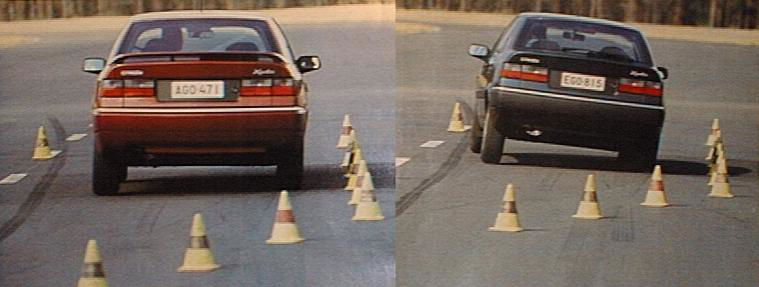
To this day, the 18 year old Citroën family car boasts a higher trap speed through this manoeuvre than a 997 Porsche 911 GT3 RS and a McLaren 675LT, to name but two. Of course this translates to absolutely jack-all around a track, but this isn’t to say the Xantia with its clever anti roll bars isn’t a formidable thing.
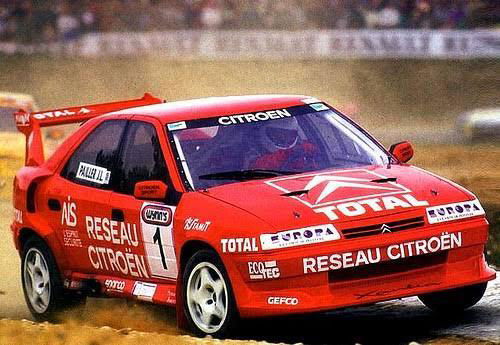
Citroën had already outdone this car, however. With the same vehicle, years earlier. Jean-Luc Pailler, a French rallycross driver competing in a BX, teamed up with Citroën to develop a new machine for the 1993 European rallycross championship. Taking the Xantia as the base vehicle due to its smart handling characteristics (non-Activa, due to rules not allowing active suspension), the car was given a complete rebuild. The engine and AWD system from Pailler’s old BX were dropped into the Xantia, giving it a healthy starting point of 550 raging French chevaux from the 1.9 litre, 16v, turbocharged ‘XU9J4’ four cylinder.
As is apparent, the car was given a major aerodymamic overhaul too. Extra wide wheel arches to house huge air intakes to cool the huge radiators, along with a gigantic spoiler seemingly off of an oversized shopping trolley. A mahoosive air dam in the front bumper added to the cooling. The interior was plucked of all its creature comforts in typical racing car fashion, to shave off as many pounds as possible.
The car brought great success in its first year, carrying Jean-Luc to win the 1993 European championship and, just as a side order, the French championship of the same year. Just to keep him busy.
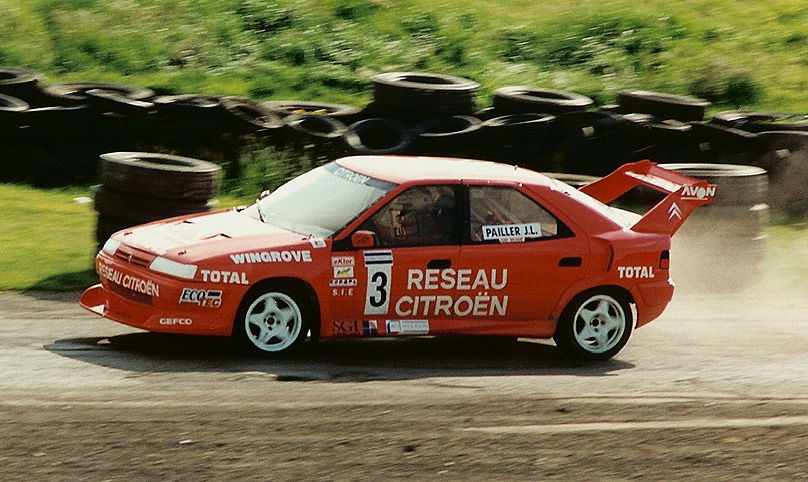
As the years went on, Pailler took home championship victories in 1994 and 1995, and continued winning races in years past then. Over time, the car grew both internally and externally, evolving with the times. 1996 brought with it the most changes, with the car gaining quarter panels the size of small towns and the engine displacement jumping to a total of 1998cc from 1908; effectively 2 litres. The suspension was also changed drastically. The hydraulic pump, fluid reservoir and other components were simply removed to shave off weight. The power steering was dealt with by a much smaller, high pressure pump. The total weight saving of over 50kg (other areas of the car were changed up, too) brought the kerb weight down to 1035kg, which more than made up for the slight loss in suspension sophistication.
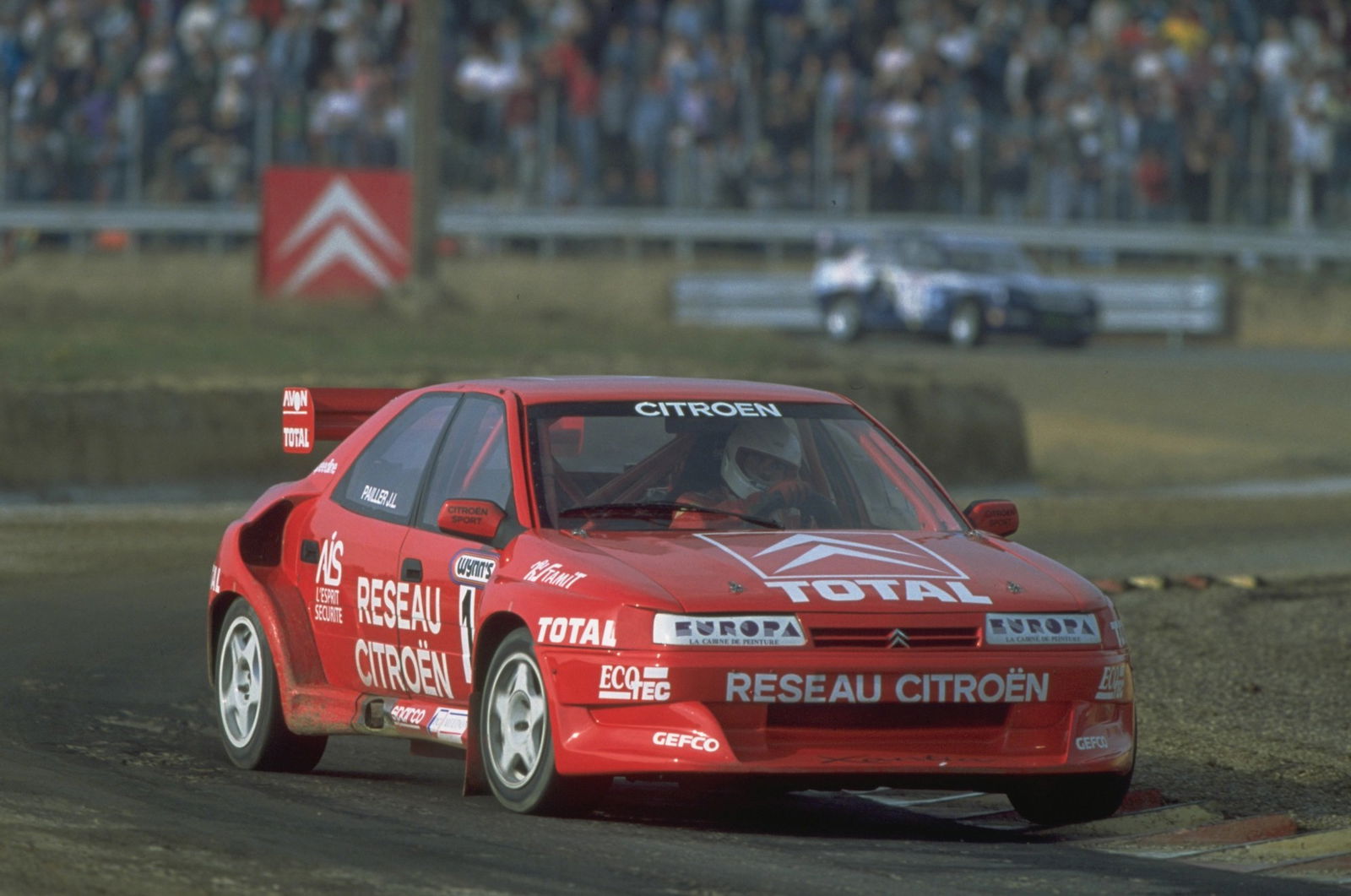
The car was in service up until 2000, and in 1999 Jean-Luc had a teammate in the form of fellow Frenchman Gilles Stievenart. Gilles’ car was painted with a new, different yellow/blue livery to differentiate the two cars on-track. At this point in the vehicle’s life, the 2.0 litre motors were punching out upward of 700 hp to all four wheels, and could match the Bugatti Veyron to 60 mph. Seriously, 2.5 seconds, in a Citroën. Just as we’re talking numbers, 100mph was reached in less than 6 seconds. Get your head around that.
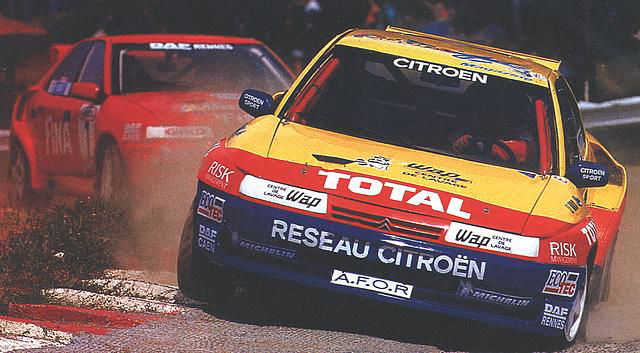
The 681 bhp/tonne, AWD Xantia from hell represented the end of an era in one of the world’s most gripping motorsports. The FIA imposed engine restrictions, bringing power down to ‘just’ 500bhp to keep things from getting more ridiculous than they already were.
#blogpost
#FrenchTime
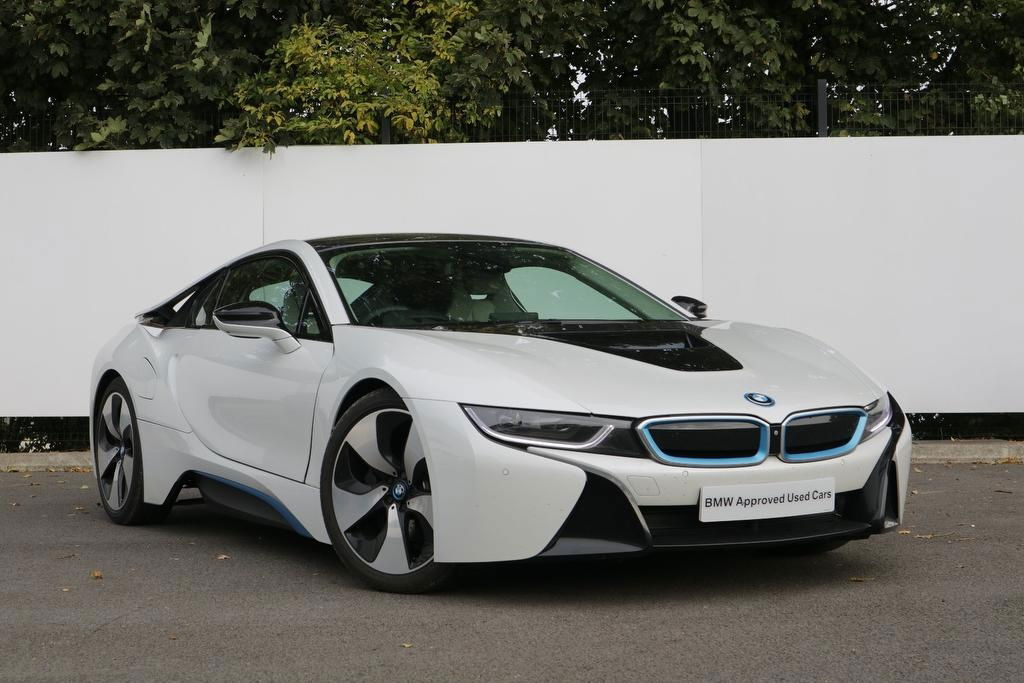
Comments
Great Post! Really cool car. Unfortunate how a certain need for speed fanboying, non car guy youtuber thinks that French cars are not innovative…
So… What would it take to swap that engine into a 1999 Xantia Break?
Nice
Yeah
But did it have rotating speedos?
My grandpa owns a Citroën Xantia, it might not be as bad as I thought
Great post!
I have an activa TCT
Great post! A worthwhile read =)
Editor’s Pick. Internally screams I’m fine. Really. (Great post.)
Yet again well done
Pagination